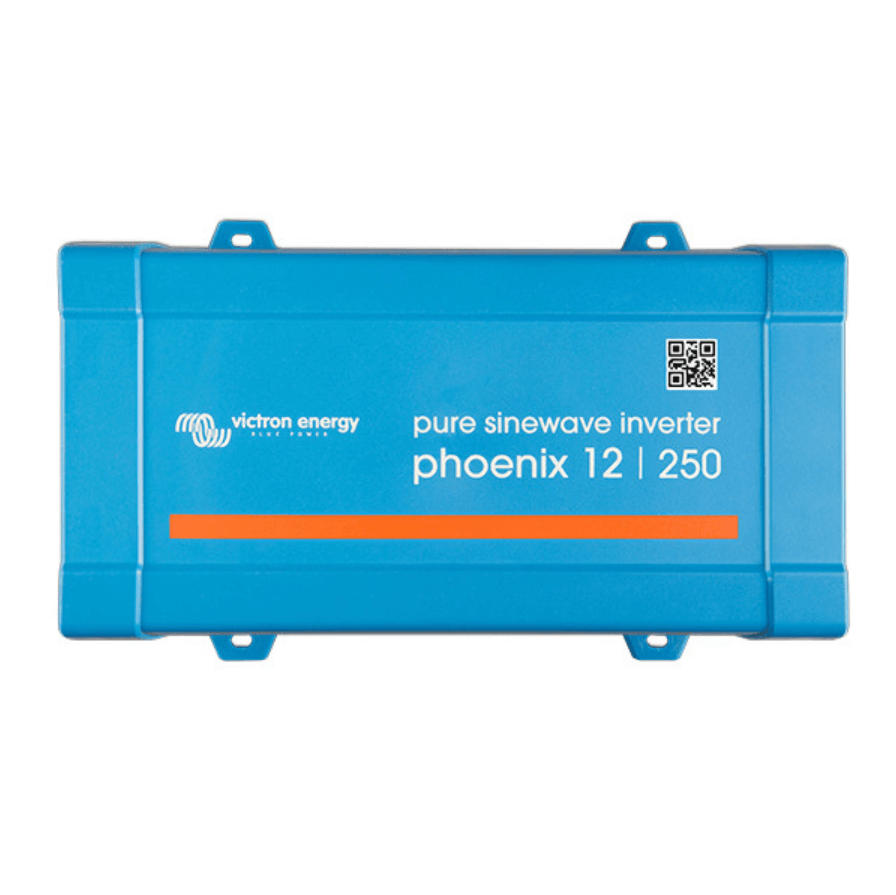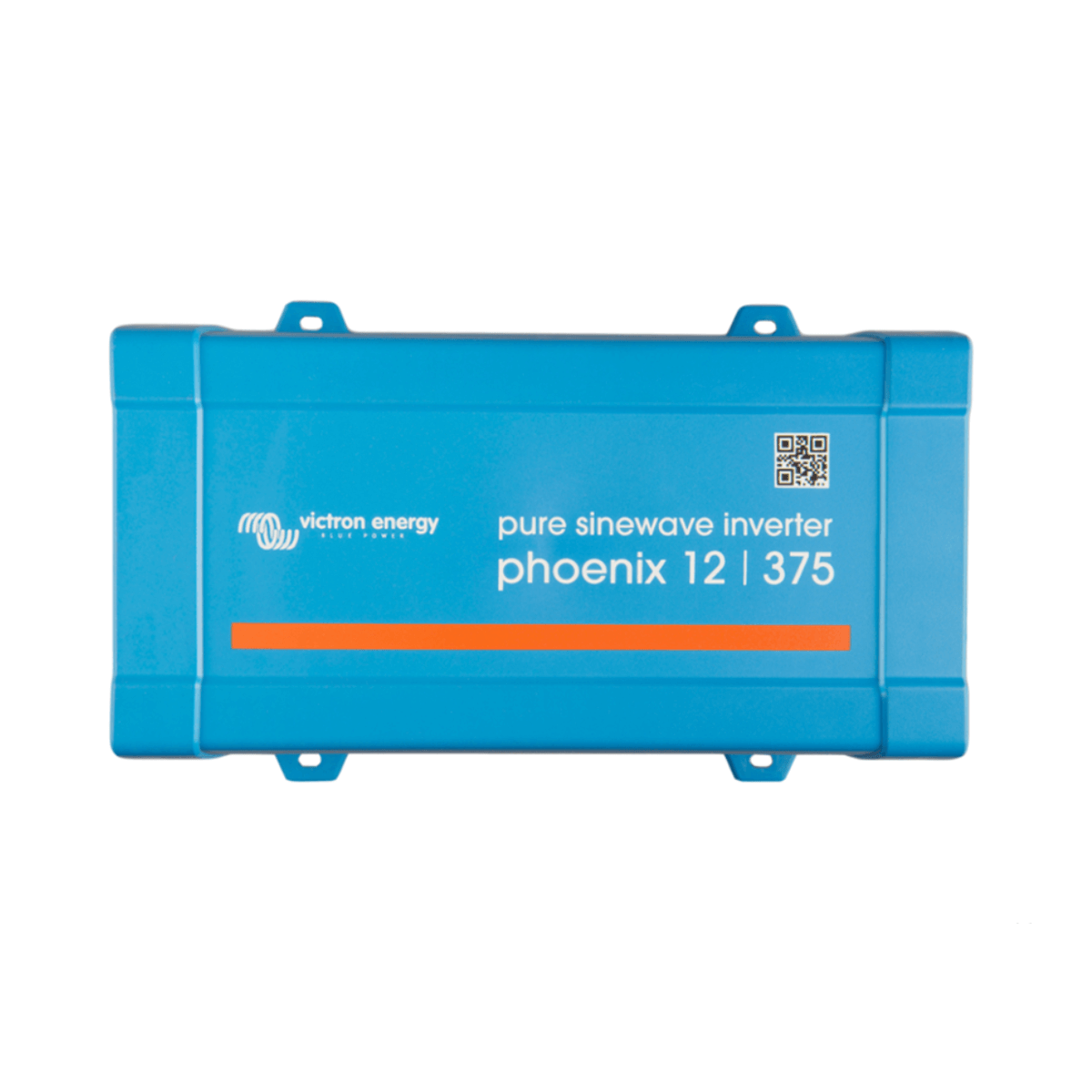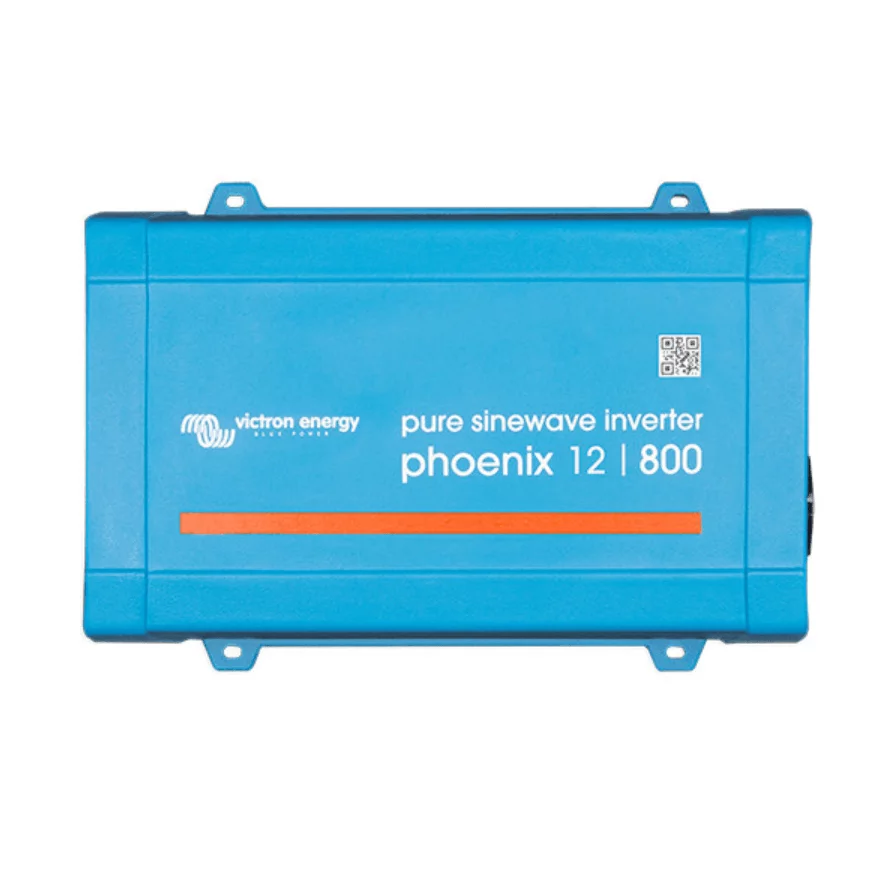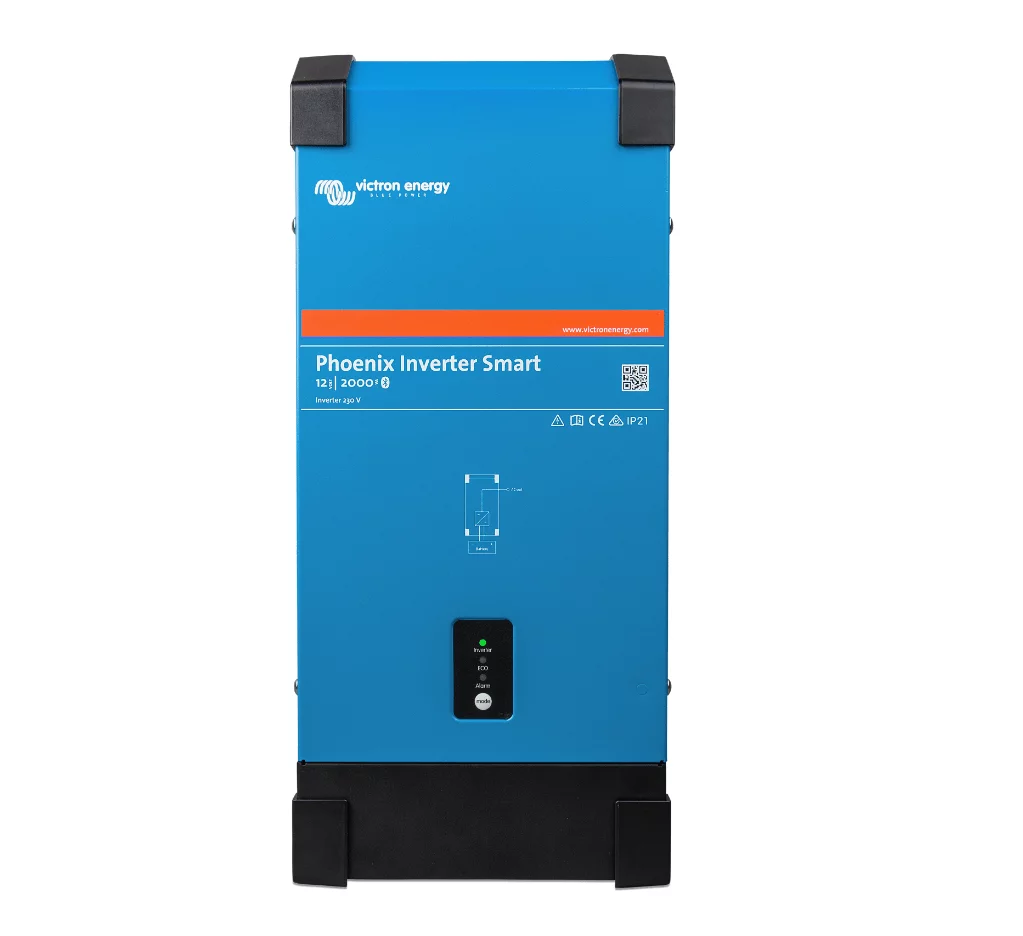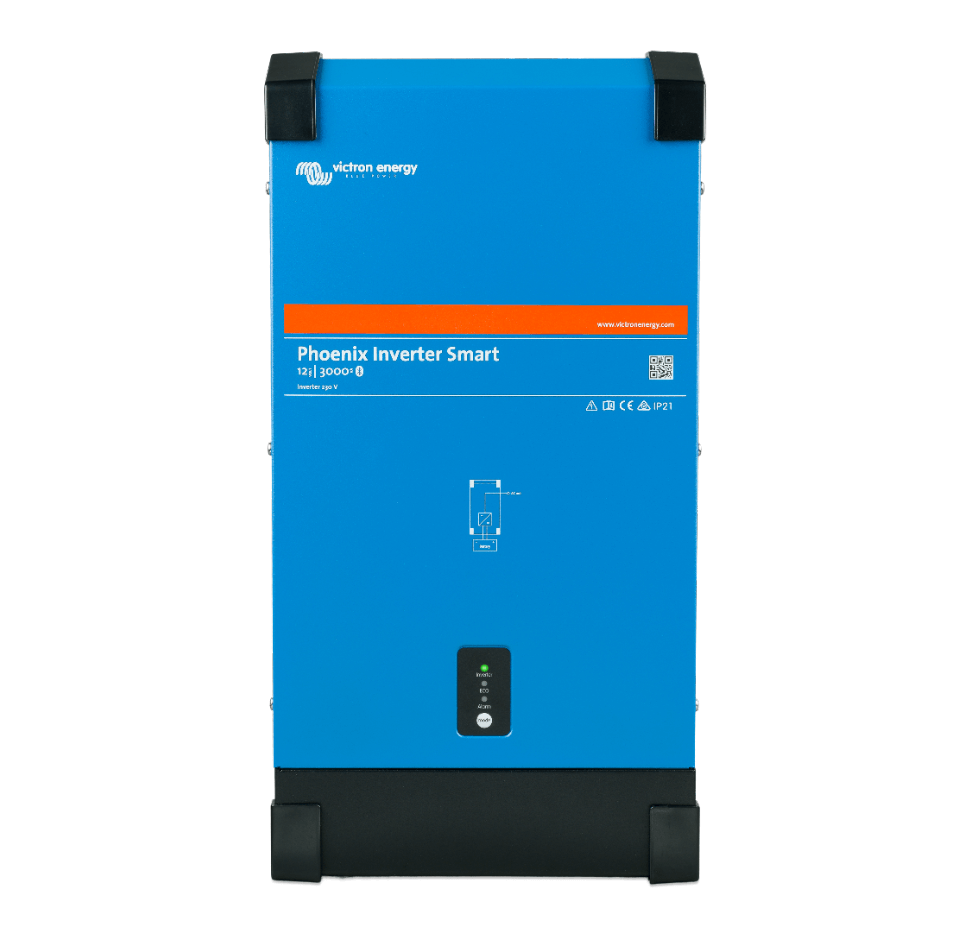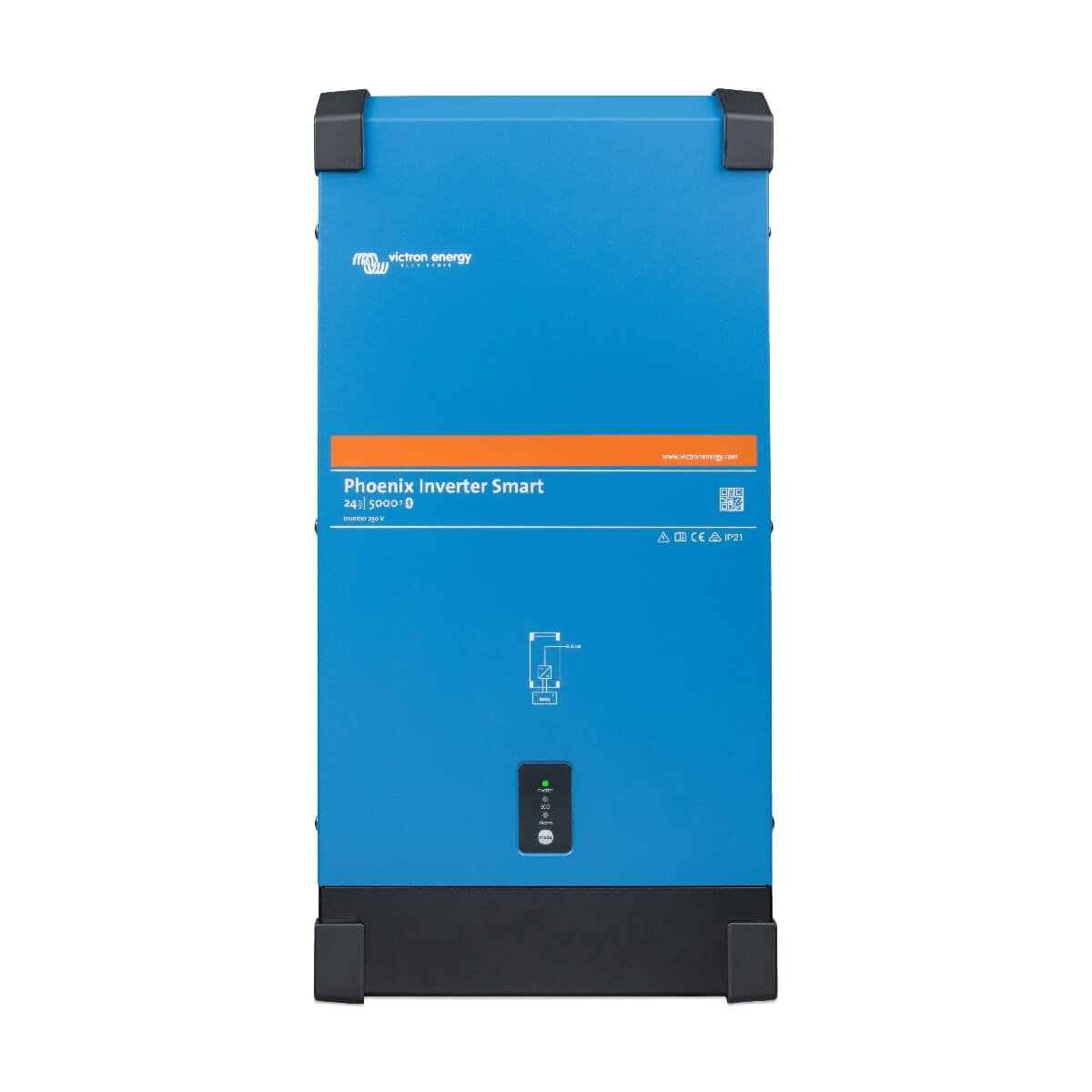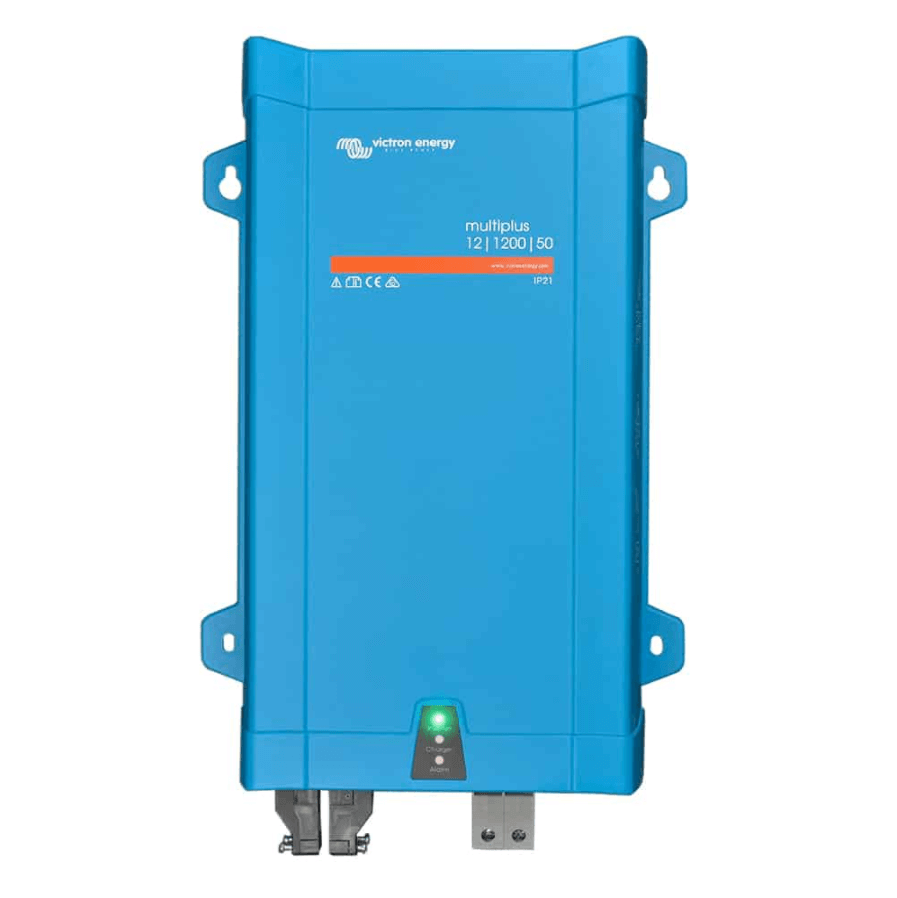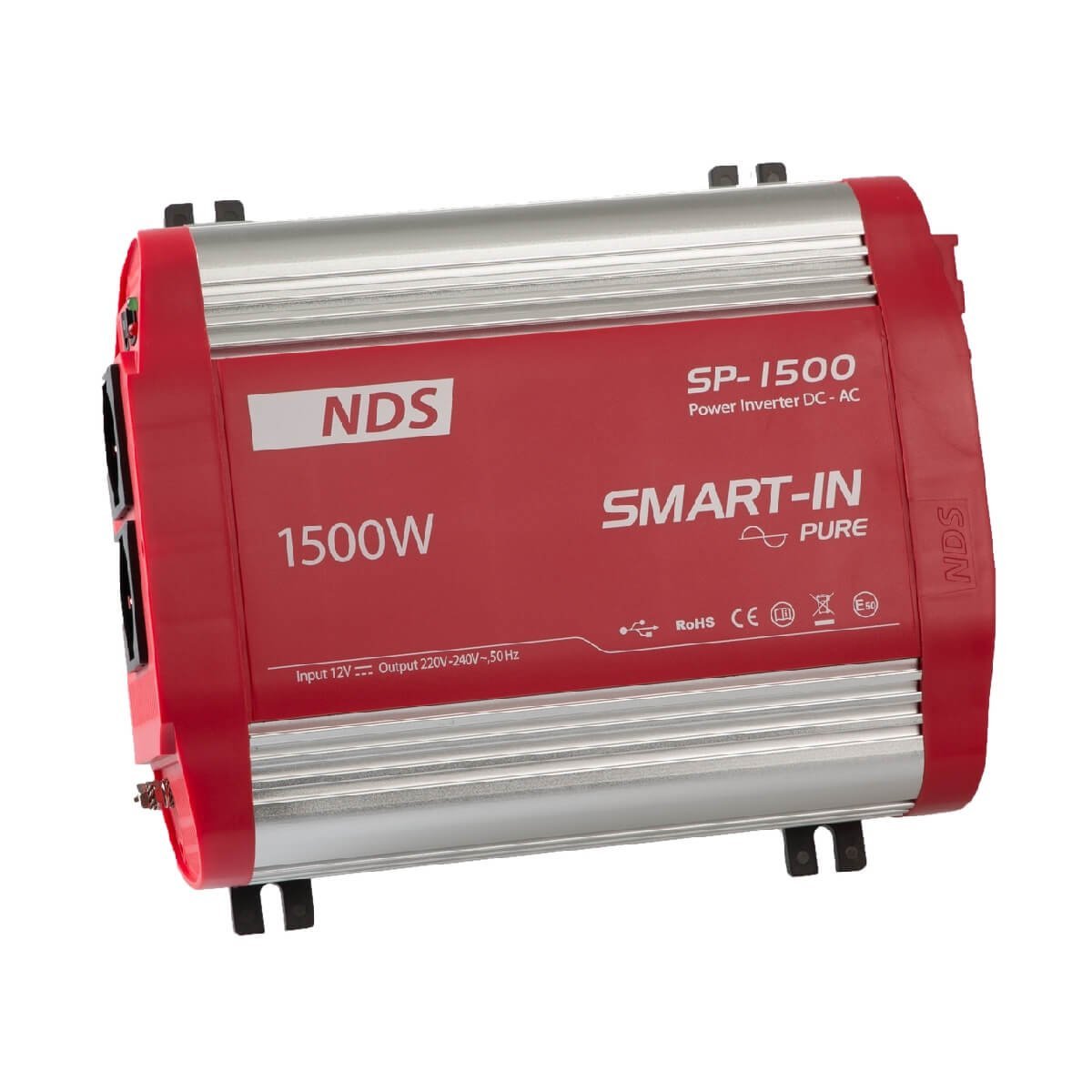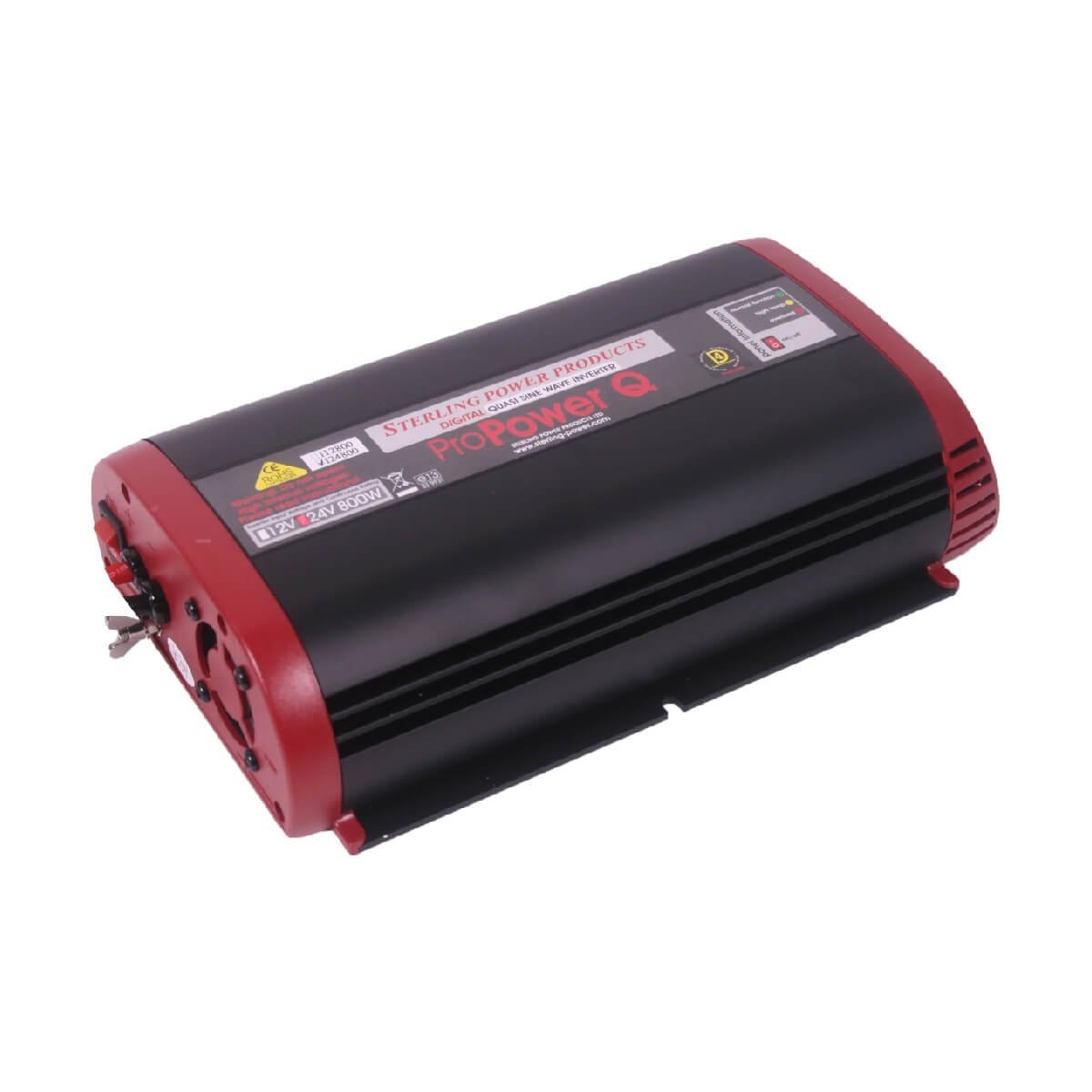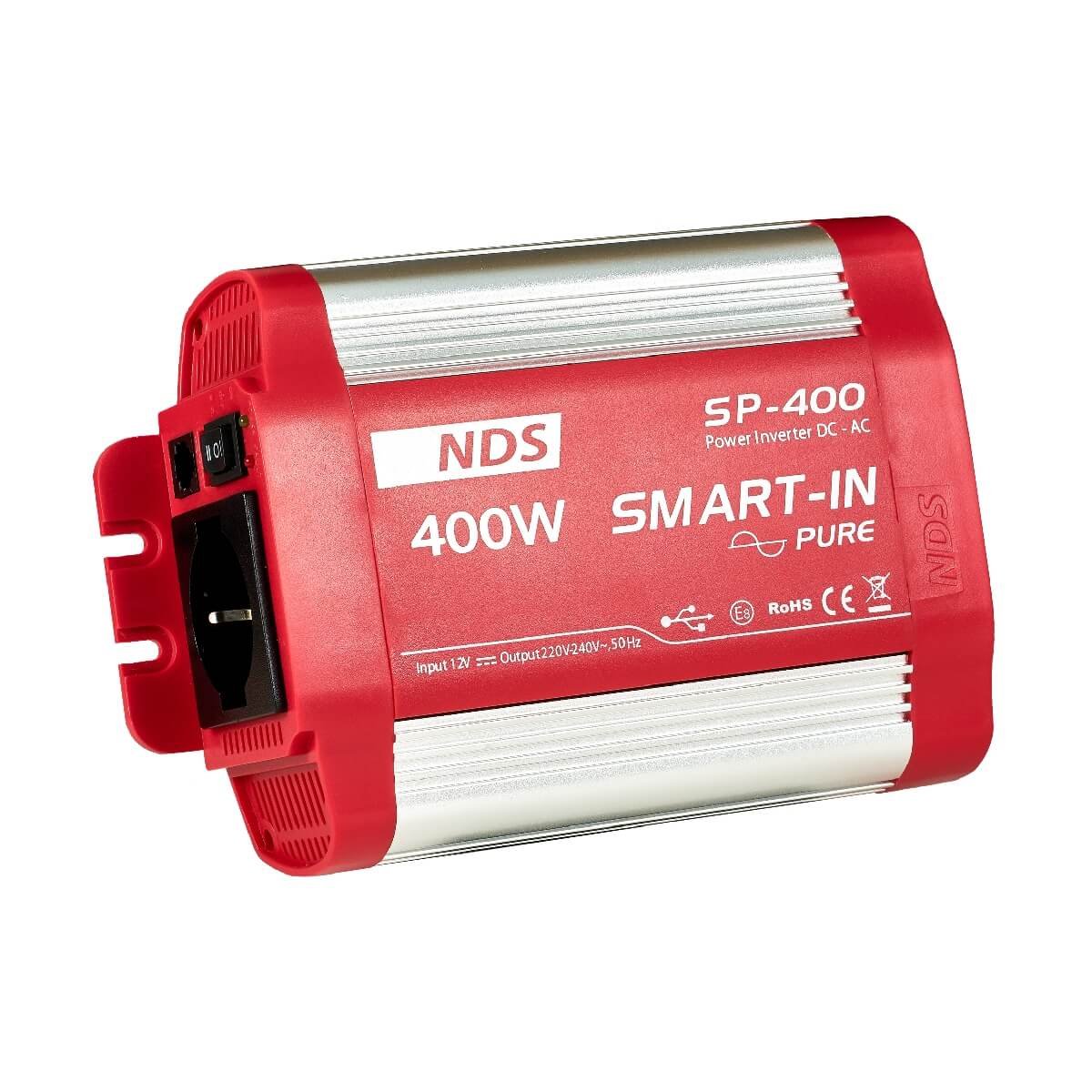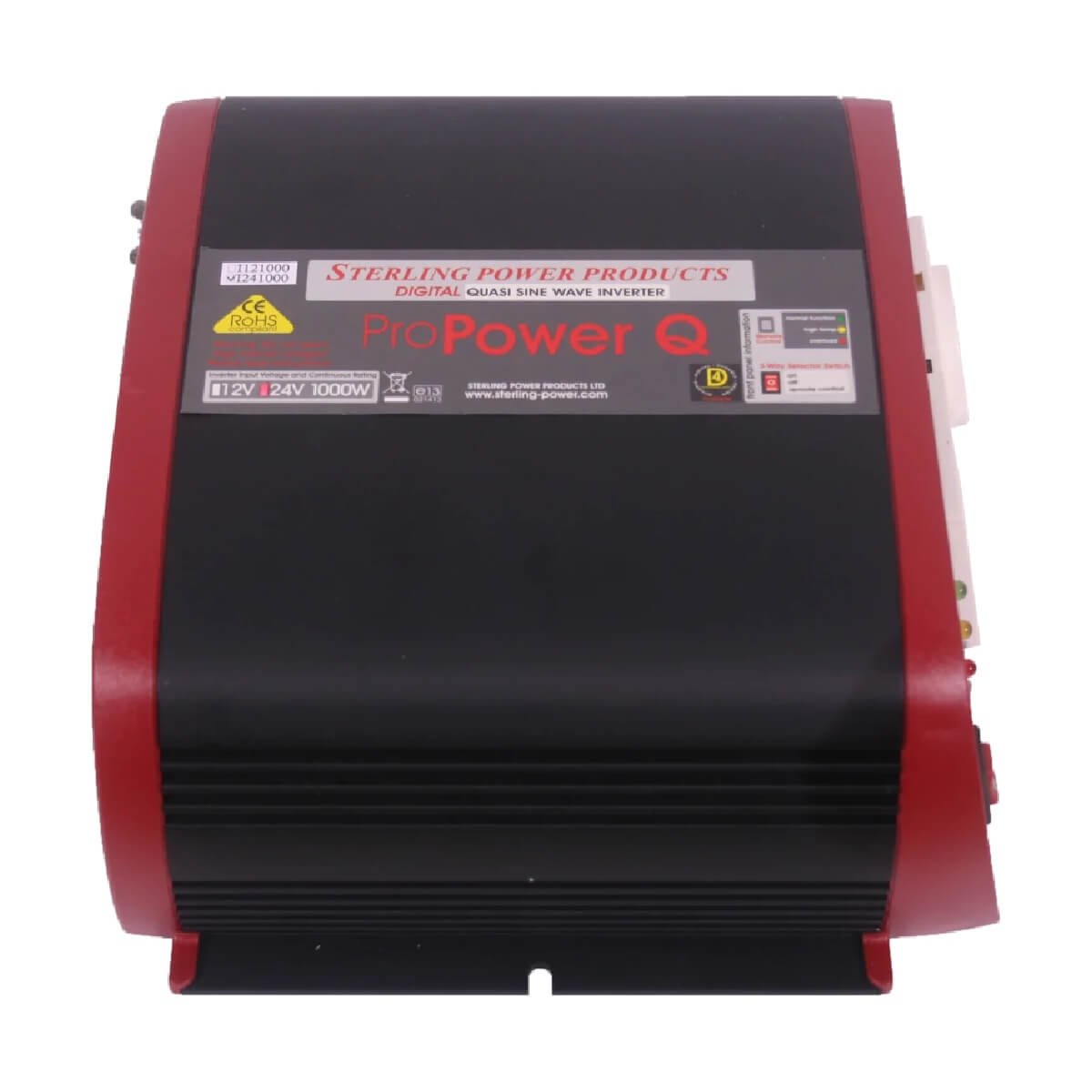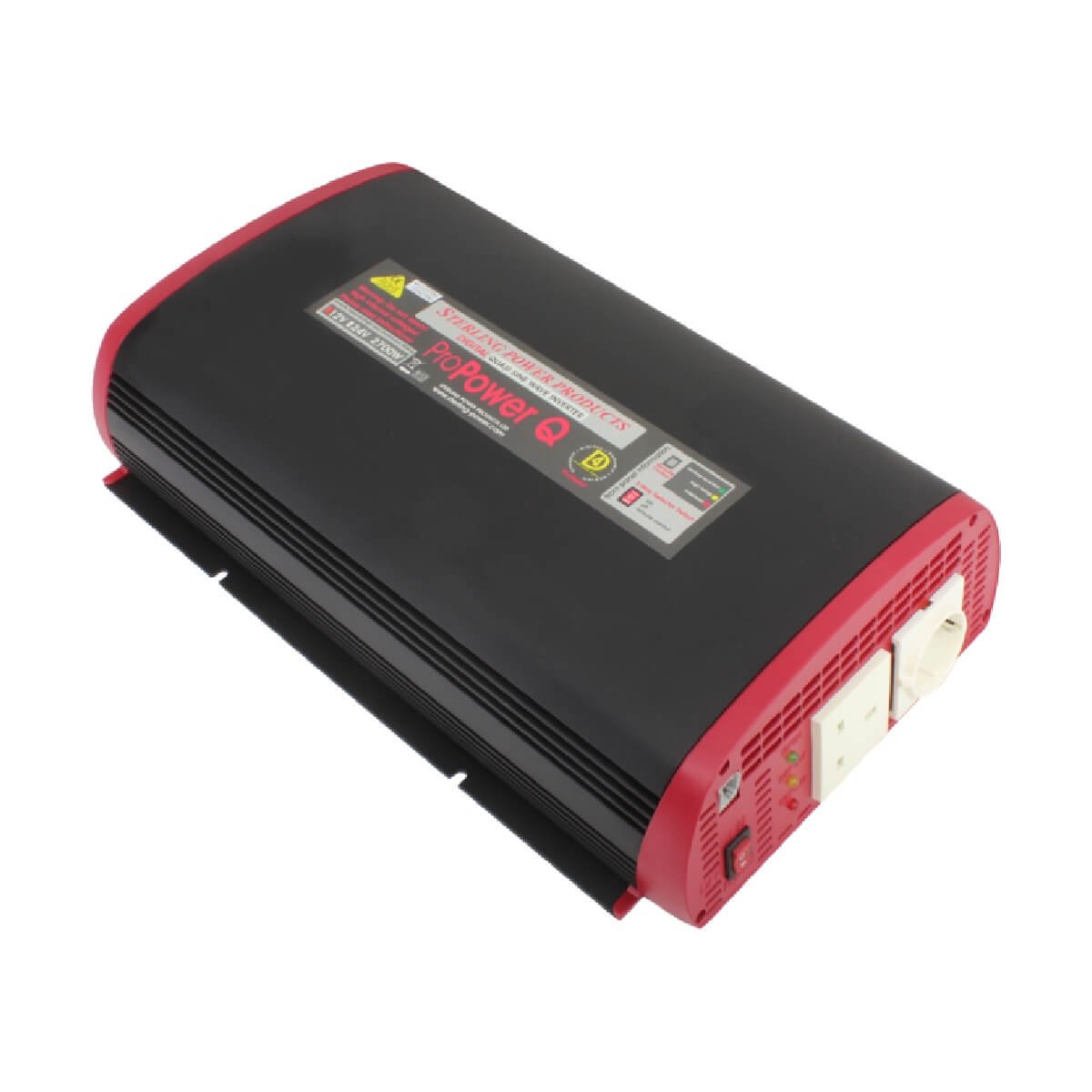Camper van inverters
How does a camper van inverter work?
A campervan leisure battery produces a direct current (DC). Mains electricity found in a house is typically 230V in most European countries (120V in the US) and produces an alternating current (AC). Camper van inverters work by converting the power from your leisure batteries from DC to AC. You will need to use an inverter to use any products that require an AC current (typically those which have a 3 pin plug attached to them). The voltage of your inverter must be the same as the voltage of your system – a 12V inverter will only work in a 12V system.


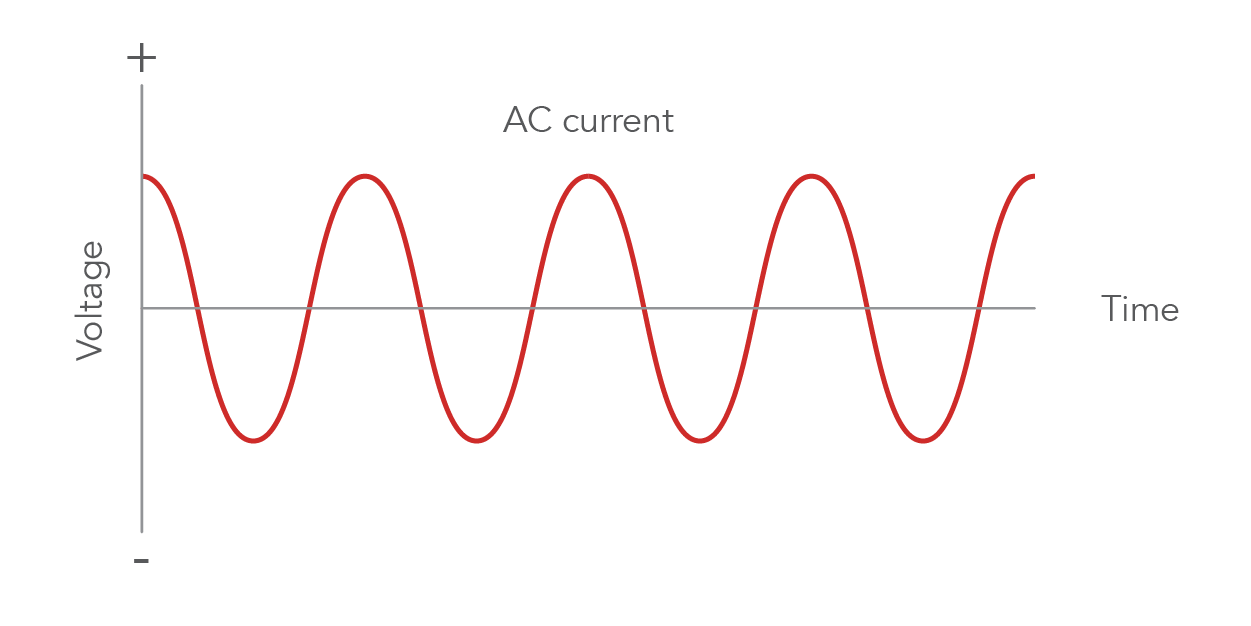
Pure vs modified sine wave inverters
There are two main types of inverter available for your van: pure sine wave and quasi (modified) sine wave. The quasi sine wave inverters create an approximation of the AC waveform found in household wall sockets, whereas a pure sine wave inverter exactly reproduces the AC waveform.
NDS Energy and Sterling Power sell both modified and pure sine wave inverters. By contrast, Victron Energy only sell pure sine wave inverters.
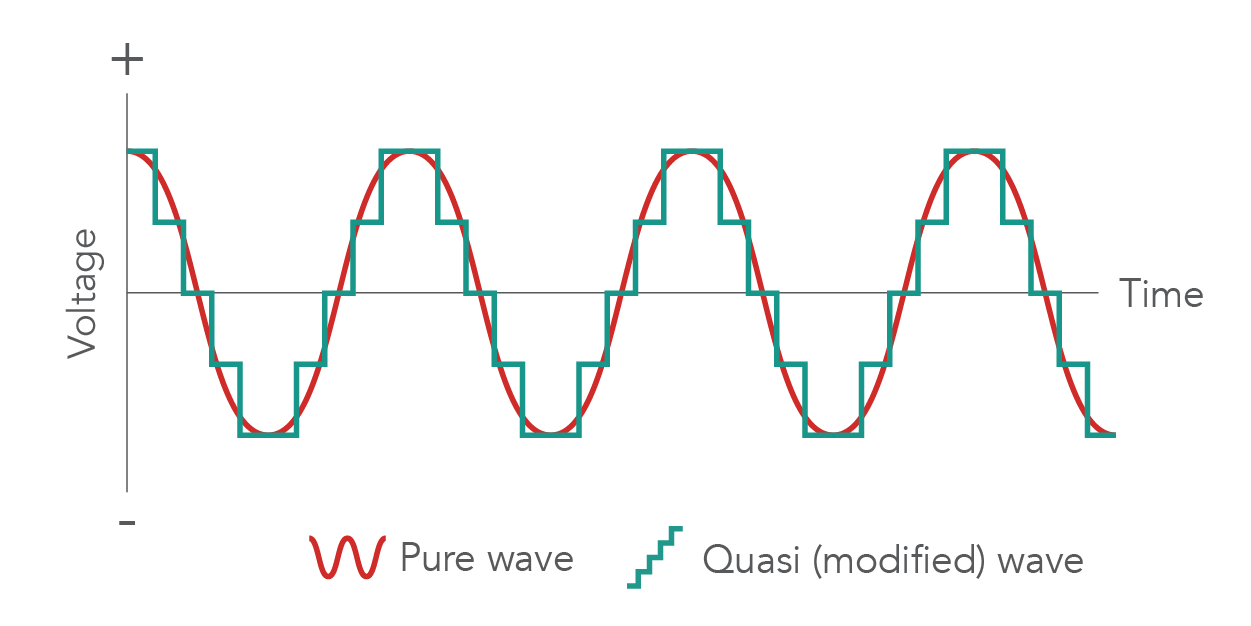
Modified (quasi) sine wave inverters
Simpler electronics can be powered using a quasi sine wave inverter. Anything that isn’t a sensitive piece of medical equipment and doesn’t have an AC motor (like a microwave or a fridge) can run using this type of inverter. Any products with an AC motor receiving a quasi sine wave will run at a higher temperature, reducing their lifespan.
Some appliances may emit buzzing noises when being run by a quasi sine wave inverter. You may also notice reduced brightness from fluorescent lights. In addition, newer TVs can experience drops in framerate, brightness, and colour reproduction. Appliances with timers or digital clocks may not operate correctly, as the quasi sine wave interferes with the device’s timekeeping. Appliances which use electronic temperature controls (e.g. bread makers) or variable settings (e.g. light dimmers, variable speed drills) may also not work.
The main draw of quasi sine wave inverters is the significantly lower cost, compared to pure sine wave inverters. We sell a range of quasi sine wave inverters from NDS Energy and Sterling Power.
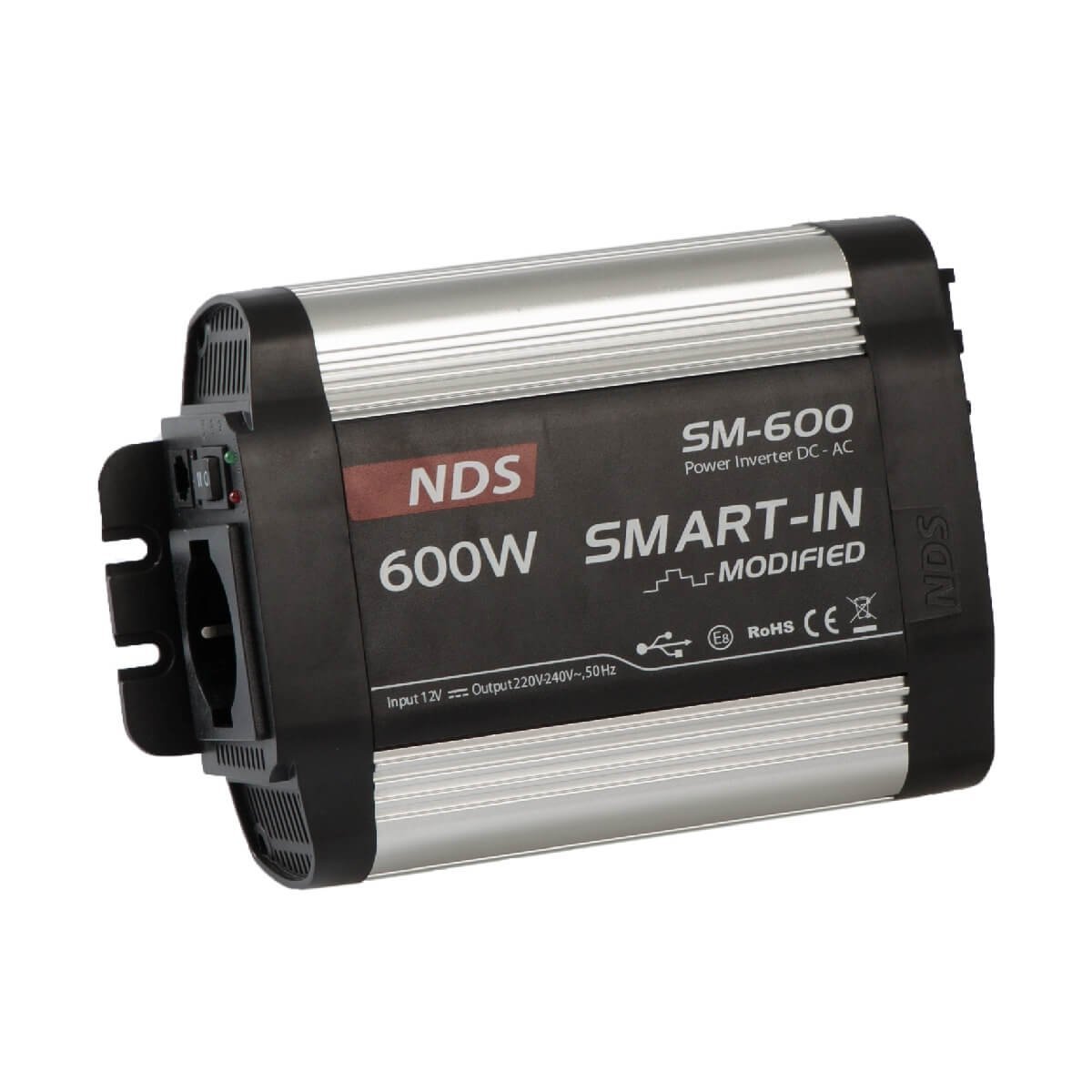
Pure sine wave inverters
The advantage of a pure sine wave inverter is that it produces the exact same AC wave as your 230V sockets at home. All mains powered electronics expect a pure sine wave, so any device you run off a pure sine wave inverter will work exactly as designed.
This performance is reflected in the higher price tag attached to pure sine wave inverters. Pure sine wave inverters also tend to have better heat dissipation, and so run much quieter than quasi sine wave inverters. Where you can hear a constant low hum from a quasi sine wave inverter, a good quality pure sine wave inverter will be almost silent whilst in use.
If you can afford it, we would suggest purchasing a pure sine wave inverter for your electrical system. All Victron inverters, as well as some inverters from NDS Energy and Sterling Power, are pure sine wave.
Browse the full range of pure sine wave inverters in our webshop.
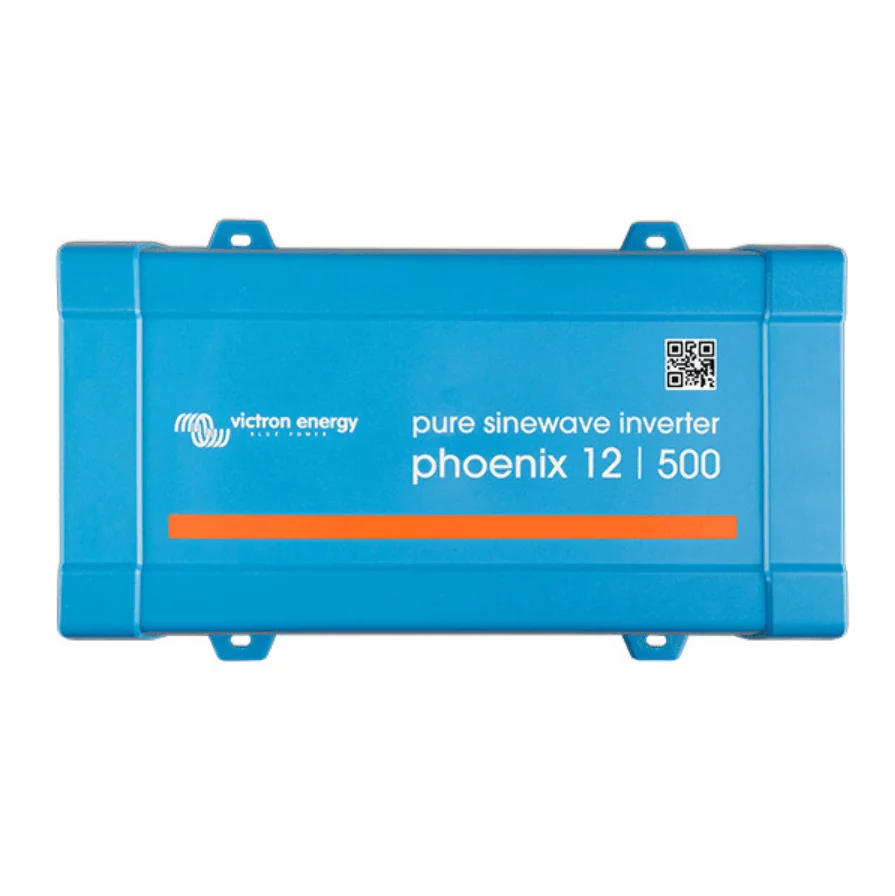
Inverter/chargers (the Victron MultiPlus)
If you plan on using electric hook up to power your campervan and charge your leisure batteries, you should consider using a campervan inverter/charger. The Victron MultiPlus is an inverter and a battery charger in one. It features a ‘smart’ high-speed AC transfer switch which automatically switches your system from using shore power to your batteries when you’re not connected to a hook up.
This means that whenever you’re plugged into a mains hook up, your batteries will charge and your system will use shore power for any 230V appliances. As soon as you are no longer plugged in, your system will switch to using power from your leisure batteries via your inverter.
Campervan electrics leaving you confused?

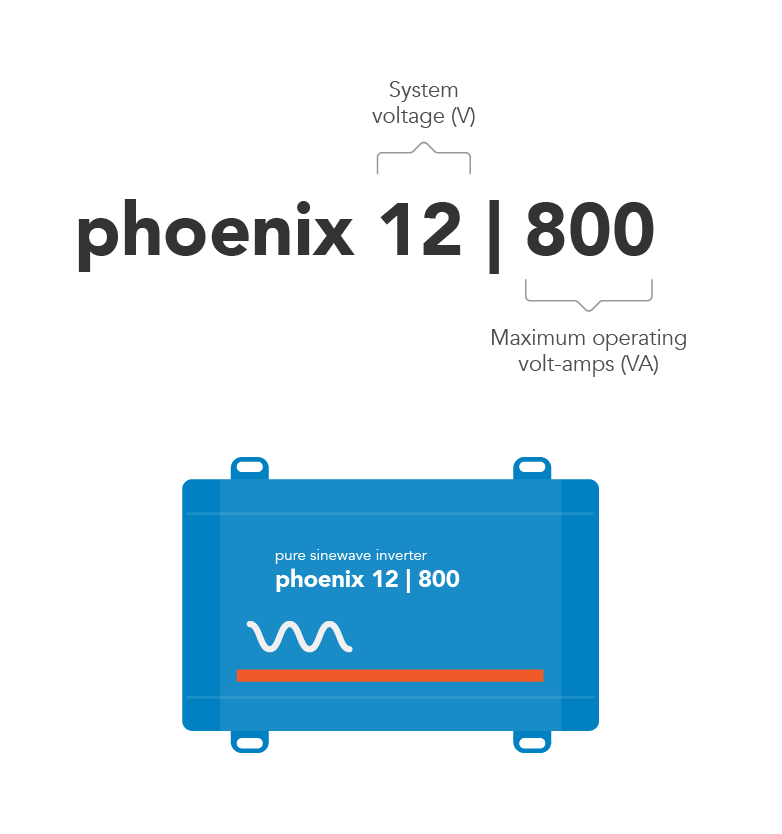
What size inverter do I need for my camper van?
Camper van inverters need to be sized correctly according to the total wattage of any 230V appliances you will use. Victron inverters have two numbers. One refers to the voltage of the inverter (so in the case of a 12V inverter this will be 12). The second number refers to the maximum operating wattage of the inverter. To calculate the size of inverter for your van, you should add together the wattage of each 230V appliance you plan on using with your inverter at any one time. We’d also recommend adding a factor of safety to future proof your system. If you only have low wattage appliances, we’d recommend installing at least the 500VA inverter as the price difference between this and the smaller models is negligible. Camper van inverters are rated to a maximum wattage, so it’s important that you don’t exceed this or you could damage your inverter.
Most inverter manufacturers use watts (W) to specify inverter power. However, Victron use volt-amperes (VA) instead. VA describes apparent power, whereas W describes real power. The distinction between these can be important when designing your electrical system. To learn more, check out this article, where we discuss the differences between VA and W and how this affects your choice of inverter or inverter/charger.
Victron Phoenix inverters
Ready-to-go inverter kits Designed by experts 🔧
Our kits are designed by engineers to be safe and robust. Plus – when you purchase, we’ll send you a free wiring diagram and installation guide.
Shop nowNDS Energy & Sterling Power inverters
Read our inverter articles ⚡
Need help with the rest of your electrical system?
Our electrical system guidebook pages cover everything you need to know about your campervan electrical system ⚡



